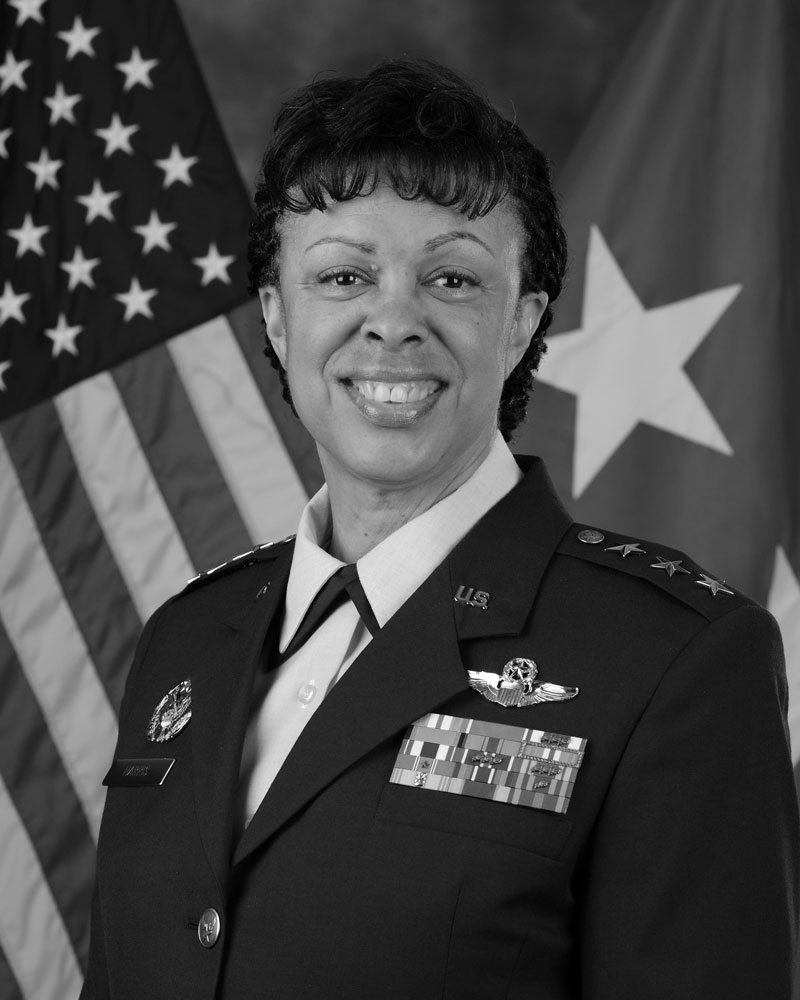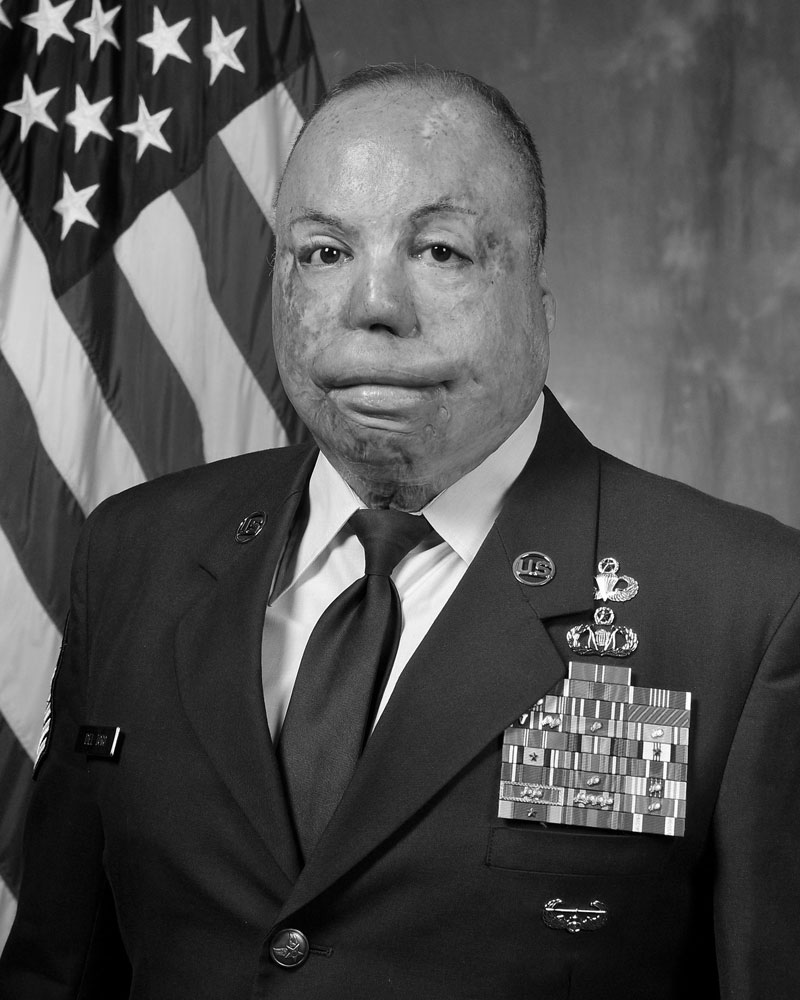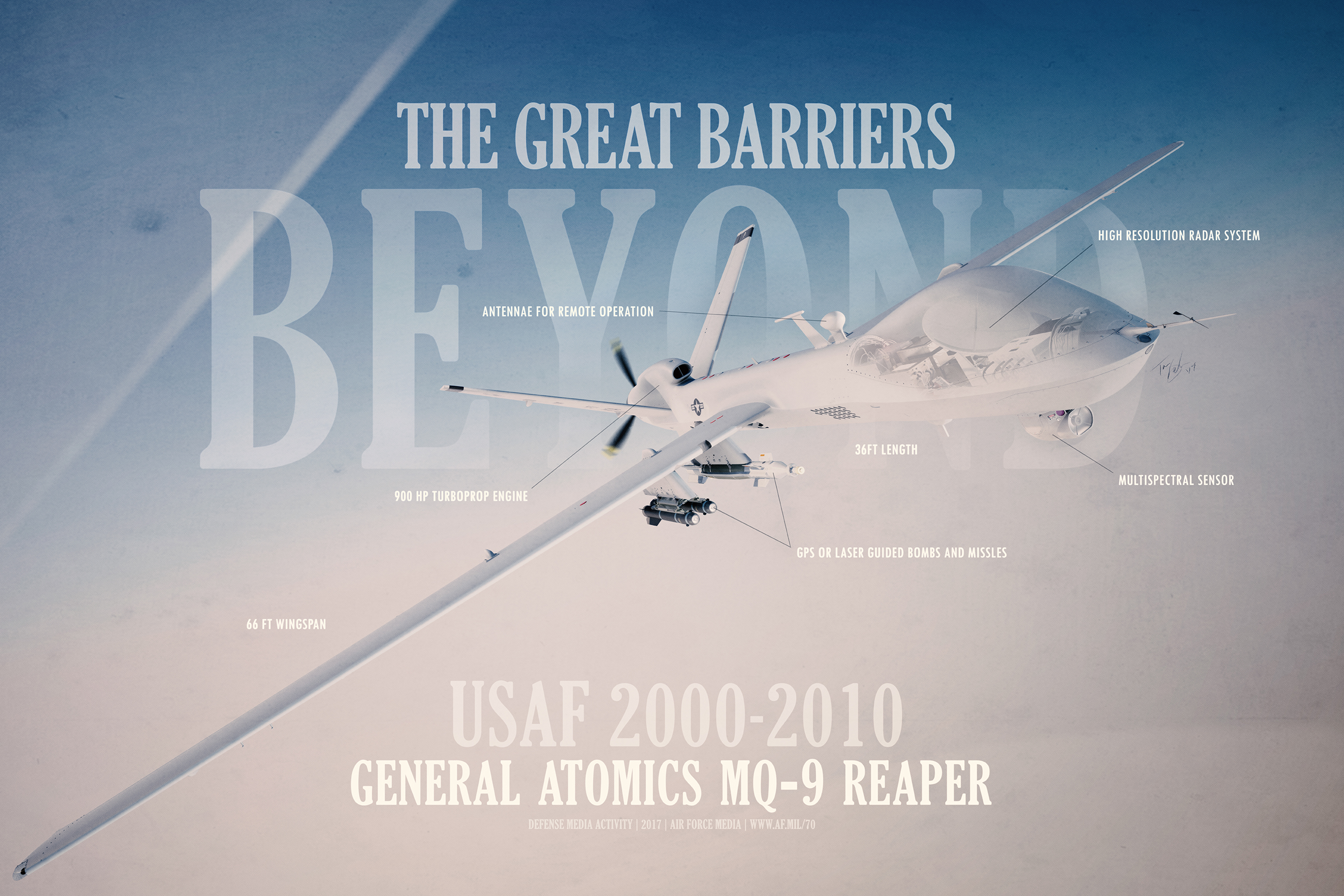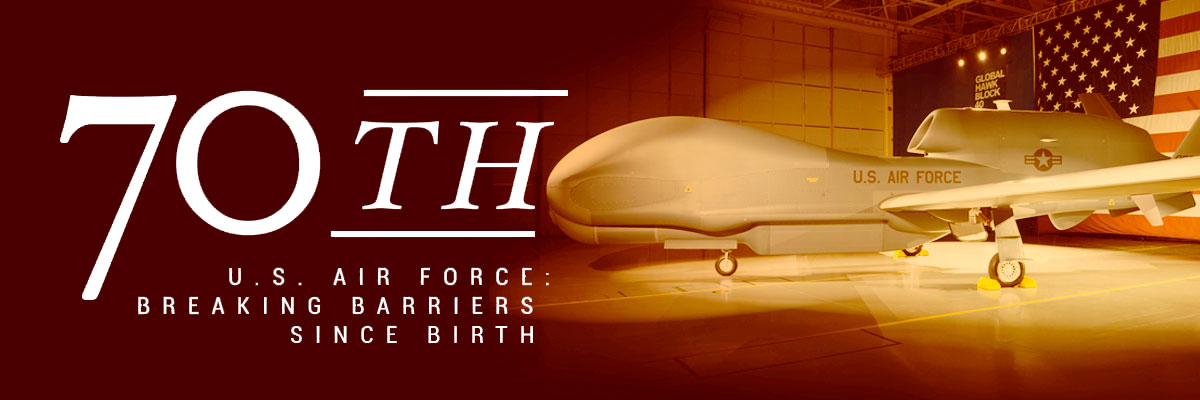
War on Terror
On Sept. 11, 2001, terrorists hijacked four U.S. airliners, crashing two of them into the World Trade Center towers in New York and one into the Pentagon in Washington, D.C. Heroic passengers rushed hijackers in the fourth aircraft and crashed into a Pennsylvania field. This event led to President George W. Bush announcing the Global War on Terror and initiation of homeland-defense efforts.
Operation Enduring Freedom was one of the first missions started in the GWOT. OEF had six subordinate operations: Afghanistan, Philippines (formerly Operation Freedom Eagle), Horn of Africa, Panksis Gorge, Trans Sahara and Caribbean and Central America. OEF began with air strikes against terrorists and Taliban targets in Afghanistan as a response to the 9/11 attacks. On Oct. 7, 2001, B-2 Spirit bombers flew round trip from Whiteman Air Force Base, Missouri, to Afghanistan on the longest bombing mission in aviation history.
Operation Iraqi Freedom, a multinational coalition effort to liberate the people of Iraq, started with U.S. Forces firing a barrage of approximately 40 Tomahawk cruise missiles into Iraq. Striking three targets around Baghdad, these missiles took out air defenses, communications infrastructure, leadership targets and other military assets on March 19, 2003. With a drawdown of military presence in country, OIF was officially renamed Operation New Dawn, Sep. 1, 2010 and ended 15 months later.
Air Superiority
RQ-4 Global Hawk
On April 23, 2001, the RQ-4A Global Hawk completed the first non-stop crossing of the Pacific Ocean by a remotely piloted aircraft. It flew from Edwards AFB, California to Edinburgh, Australia. This flight demonstrated the long-range potential of an RPA asset. Six months later on Oct. 28, 2004, the 12th Reconnaissance Squadron, stationed at Beale AFB, California, received the first production Northrop Grumman RQ-4 RPA. Two years later in November 2006, the Air Force Operational Test and Evaluation Center Detachment 5 Global Hawk test team concluded the first operational flight test of the RQ-4A Block-10. The team’s final report concluded that the RQ-4A had a substantial impact on persistent intelligence, surveillance, and reconnaissance operations.
MQ-1 Predator
An MQ-1B Predator fired a Hellfire missile, Feb. 4, 2002, killing a group of al Qaeda members in southeastern Afghanistan. This is the first time an RPA destroyed an enemy target. The Air Force announced the MQ–1 Predator had achieved initial operational capability March 1, 2005. This General Atomics RPA was designed for use in high-risk areas. It had a ceiling of 25,000 feet, a range of 400 nautical miles, a cruise speed of 73 knots and an endurance of 24 hours. The MQ-1 configuration allowed the vehicle to deploy precision-guided munitions, including the Hellfire missile, in addition to its camera and radar suites. On Sep. 25, 2007, the MQ-1 completed its first operational sortie as part of OEF.
F-22 Raptor
The first fifth generation fighter, the F-22 Raptor arrived at Langley AFB, Virginia, May 12, 2005. As the first combat-ready aircraft of its kind, the F-22 featured stealth technology, ground attack capability and the ability to reach Mach 1.5 without using afterburners. The Raptor was generally considered the most advanced fighter aircraft in the world and achieved initial operational capability Dec. 15, 2005. This followed a process of engine testing at Arnold AFB, Tennessee; flight, ground and simulation testing at Edwards AFB, California, and Eglin AFB, Florida; missile testing at Holloman AFB, New Mexico; tactics development at Nellis AFB, Nevada; pilot and maintenance training at Tyndall AFB, Florida; and initial deployment to Langley AFB, Virginia.
C-17 Globemaster III updates
Within the relatively narrow time frame of only 40 minutes, a single C-17 Globemaster III airdropped 32,400 pounds of humanitarian goods to four locations in central and eastern Afghanistan. The mission occurred March 16, 2006, and set a record by airdropping the most cargo to multiple drop zones in the shortest amount of time in the history of U.S. airdrop operations. On March 20, the Air Force fleet of 148 C-17s surpassed its millionth hour of flight when a Total Force crew evacuated injured U.S. troops from Iraq and transported them to Germany for medical treatment. The millionth-hour milestone offered an appropriate occasion to herald the C-17’s role as an aeromedical transport, which combined with advances in battlefield medicine, has saved countless lives of U.S. troops, coalition forces and Afghans and Iraqis during operations Enduring Freedom and Iraqi Freedom.
Significant mentionable aircraft at a glance
The Air Force received its first operational CV-22 Osprey tilt-rotor aircraft March 20, 2006. Lt. Gen. Michael W. Wooley, the commander of Air Force Special Operations Command, flew the aircraft from the test wing at Edwards AFB, California, to the 58th Special Operations Wing at Kirtland AFB, New Mexico. He described the CV-22 as “truly transformational.” It combined characteristics of a helicopter—vertical takeoff, hovering and vertical landing—with capabilities of a turboprop—speed, fuel efficiency, and long range. The CV-22 achieved initial operational capability March 4, 2009. However, its full impact within the specialized air mobility mission, and on special operations, was limited due to the rather slow process of fielding it.
On July 7, 2006, Deputy Secretary of Defense Gordon England and Air Force Chief of Staff Gen. T. Michael Moseley were among those attending the unveiling of the first flight-test model of the F-35 at Lockheed Martin’s Fort Worth, Texas, plant. Moseley announced “Lightning II” as the name of the F-35 and said the name “was a win for aviation heritage and culture.” He noted the Lightning II was named after “two great pieces of air power history”: the World War II Lockheed P-38 Lightning and the supersonic English Electric Lightning interceptor, developed in the early 1950s.
On Sep. 13, 2009 the 436th and 512th Airlift Wings and Lockheed Martin aircrew flew a C-5M Super Galaxy, named “The Spirit of Normandy,” on a single flight that unofficially set 41 world flight records. The flight broke eight existing world records and established standards in 33 other categories where there had been no previous record attempt. The records remained “unofficial” until a governing body certified them.
Technological Advancements
On April 21, 2003, the last of Air Mobility Command’s KC-135 Stratotanker aircraft completed the final PACER CRAG production configuration, known as Block 30. The $1 billion KC-135 enhancement program also equipped the aging tanker fleet with new avionics systems having five multifunctional displays, color weather radar and a traffic alert and collision avoidance system. The PACER CRAG modification enabled KC-135s to be flown without a navigator. A year later, a KC-135R belonging to the 92nd Air Refueling Wing at Fairchild AFB, Washington, and assigned to the 340th Expeditionary Air Refueling Squadron, flew the first-ever combat mission, April 22, 2004, with an operational global air traffic management system. GATM was an umbrella term that described a series of air traffic system upgrades which enabled an increasingly larger number of commercial and military aircraft to operate safely in regions having the most congested airspace. Other GATM capabilities enhanced an aircrew’s situational awareness and provided more flexible communications through the addition of satellite communication systems. The KC-135 would also undergo engine and fuel delivery upgrades and be designated as KC-135R models.
The first use of the joint precision airdrop system in a combat mission occurred when a C-130 from the 774th Expeditionary Airlift Squadron airdropped supplies to a U.S. Army unit in Afghanistan, Aug. 31, 2006. The JPADS is a satellite-guided parachute system that allows cargo to be dropped accurately from altitudes as high as 25,000 feet, beyond the range of enemy ground fire.
On Feb. 26, 2008, the Environmental Protection Agency reported the Air Force had nearly doubled its use of green power in recent months and far outstripped other agencies in using solar, wind and other environmentally friendly sources to meet its energy needs. According to the EPA, the Air Force was the largest purchaser of green power in government, and the third-largest purchaser among public- and private-sector employers nationwide.
Social Barriers
In August 2000, Lt. Col. Shawna Kimbrell graduated from initial F-16 training at Luke AFB, Arizona, becoming the first African American female fighter pilot in the Air Force.
On Feb. 24, 2001, Lt. Col. Stayce D. Harris became the first African American woman to command a U.S. Air Force flying squadron. She commanded the 729th Airlift Squadron at March AFB, California.
Brig. Gen. Susan Y. Desjardins become the first female commandant of cadets at the U.S. Air Force Academy in December 2005, and the first woman in the history of any military academy to be appointed to this position.
In March 2006, Maj. Nicole Malachowski became the first woman pilot to fly as part of the U.S. Air Force Air Demonstration Squadron, the Thunderbirds, and was the first women on any U.S. military high performance jet team.
The Tuskegee Airmen were awarded the Congressional Gold Medal, March 29, 2007.
On March 10, 2010, Congress awarded the Congressional Gold Medal to the Women’s Air Service Pilots of World War II. By a vote of 234 to 194, the House of Representatives adopted an amendment to the “Don’t Ask, Don’t Tell” Act, May 27, 2010. Seven months later President Barack Obama signed a bill repealing the “Don’t Ask, Don’t Tell” Act, Dec. 22, 2010. This overturned policies preventing homosexuals from serving openly in the U.S. military.
Aerospace Advancements
On Sep. 29, 2001, the U.S. launched satellites from Alaska for the first time, using the Kodiak Launch Complex. Previous U.S. spacecraft had been launched only from Florida or California.
The first Lockheed-Martin Atlas V lifted off from Cape Canaveral, Florida, Aug. 21, 2002, inaugurating a new type of launch missile. Part of the Air Force’s Evolved Expendable Launch Vehicle program, the system used a standard booster, adding supplemental boosters as needed for a variety of payloads.
Aug. 31, 2004, ended 13 years of service for the last Atlas II booster, specifically an Atlas IIAS. The booster launched from Cape Canaveral Air Force Station, carrying a reconnaissance satellite into space. The Lockheed-Martin booster had a 100 percent success rate during that time. With the capability of carrying payloads up to 8,200 pounds, the Atlas II was the most powerful member of that missile family.
After several delays, the Minotaur IV launch vehicle took the Space-Based Space Surveillance satellite into orbit, Sep. 25, 2010.
Nuclear Deterrence
President George W. Bush informed Russia, Dec. 13, 2001, that the U.S. would withdraw from the Antiballistic Missile Treaty of 1972, which prevented the U.S. from developing and implementing a missile defense system. Thirteen days later, undersecretary of Defense Pete Aldridge announced Pentagon approval of low-rate initial production of the one-ton Joint Air-to-Surface Standoff Missile, which can penetrate enemy air defenses at ranges beyond 200 miles and destroy enemy targets with precision. Then on May 13, 2002, President George W. Bush announced an agreement between the U.S. and Russia that would reduce the number of nuclear weapons in their arsenals by two-thirds.
President Barack Obama and Russian president Dmitri Medvedev signed the new Strategic Arms Reduction Treaty, known as New START, April 7, 2010, in Prague, Czech Republic. Each side agreed to limit its deployed nuclear warheads to 1,550 and to impose a ceiling of 800 on its total intercontinental ballistic missiles, submarine-launched ballistic missiles and nuclear-capable bomber
